Japan is experiencing a worrying increase in streptococcal toxic shock syndrome (STSS) cases. As of June 2, 2024, there have been 977 reported cases, almost three times more than the same period last year.
The cause of this spike remains unclear, but experts think that it could be linked to weakened immunity following the COVID-19 pandemic.
What is STSS?
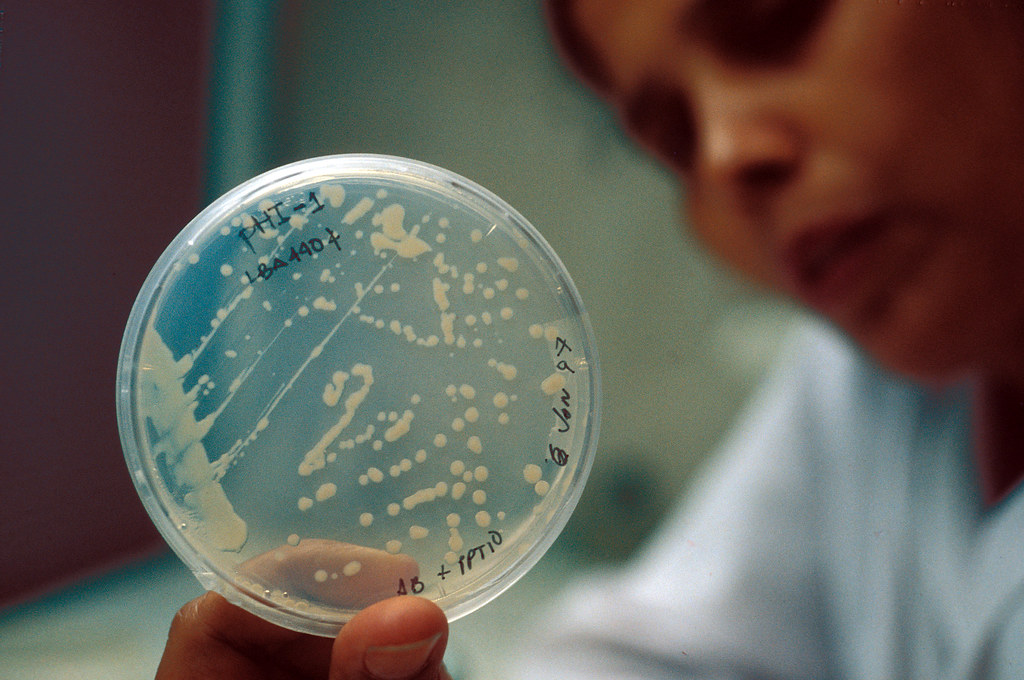
Streptococcal toxic shock syndrome is a severe bacterial infection caused by Group A Streptococcus. This bacteria can invade deep tissues and the bloodstream, leading to a serious immune response.
STSS differs from common strep throat due to a specific toxin-producing gene that causes severe symptoms.
Initial Symptoms and Progression
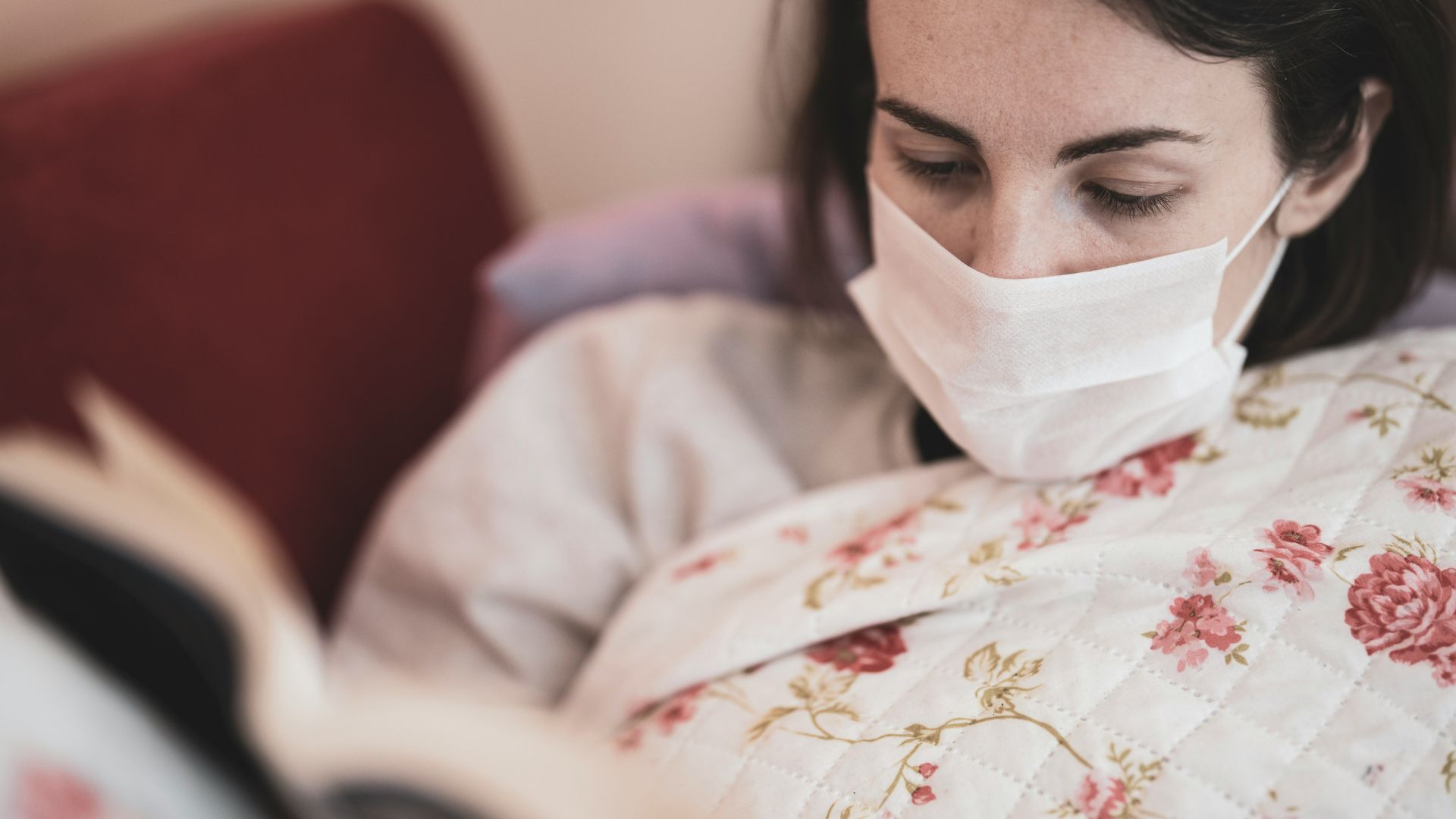
Early symptoms of STSS include fever, chills, muscle aches, nausea, and vomiting.
Within a day or two, patients may experience a rapid drop in blood pressure, leading to elevated heart rate, rapid breathing, sepsis, tissue death, and organ failure. The infection can be fatal if not treated promptly.
Expert Opinions on the Surge
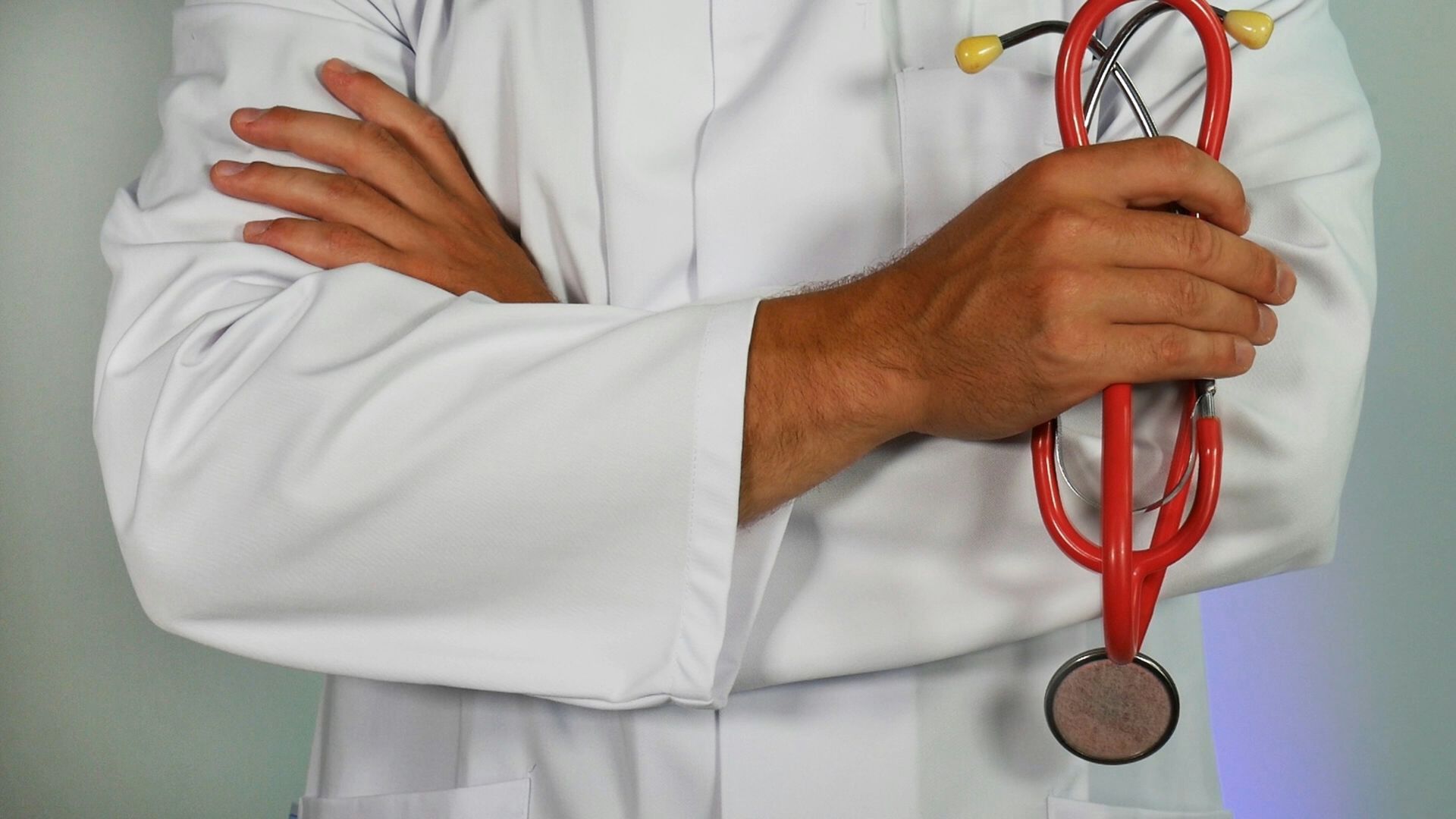
Professor Ken Kikuchi from Tokyo Women’s Medical University suggests that reduced bacterial exposure during the pandemic may have weakened immunity.
“More people are now susceptible to infection, and that may be one reason for the sharp rise in cases,” Kikuchi explained. This lack of regular bacterial exposure could have increased susceptibility.
Alternative Theories

Dr. Thomas Moore from the University of Kansas School of Medicine-Wichita offers a different perspective. He believes the rise in STSS cases may be due to crowded environments like Tokyo, which facilitate the spread of infections.
According to Moore, the spike might be more about a strong immune response to the bacteria rather than weakened immunity.
Severity and Fatality
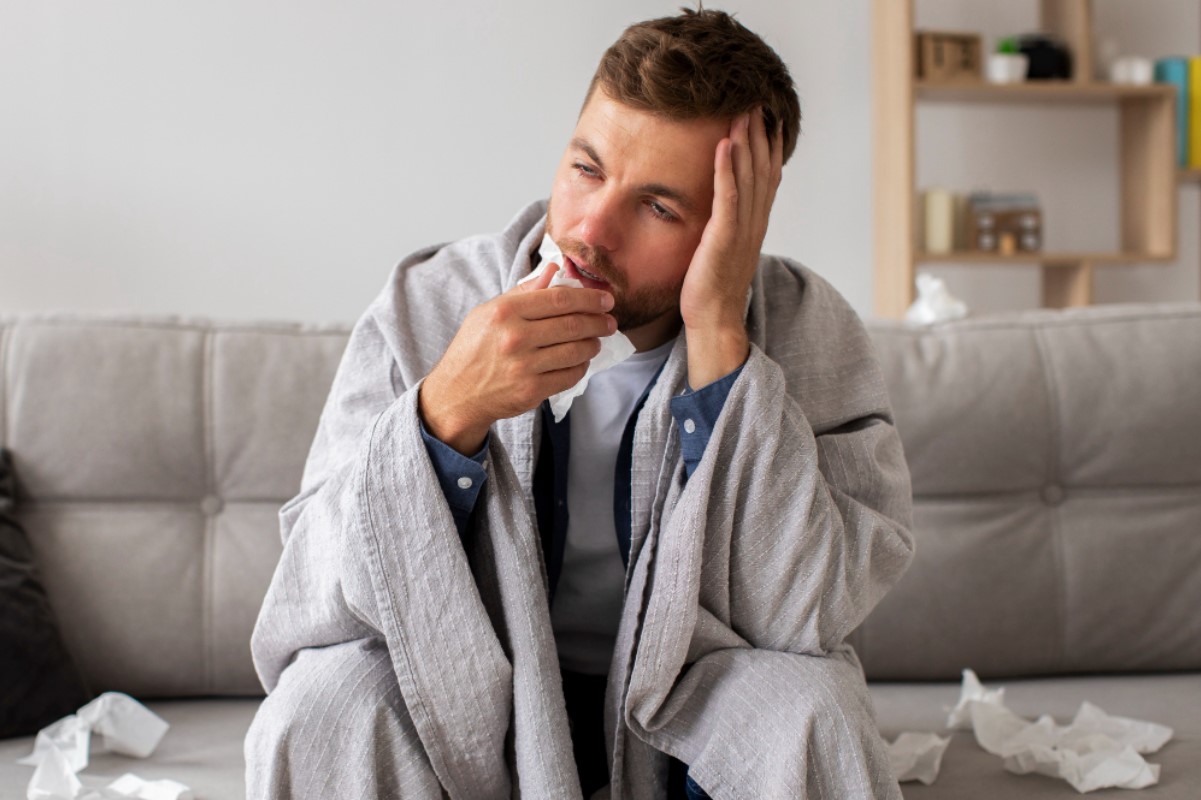
STSS is rare but deadly, with about one in ten patients dying from the infection.
The condition can lead to severe complications like sepsis, tissue death, and organ failure. Immediate medical attention is crucial to prevent fatal outcomes.
Diagnosis and Treatment
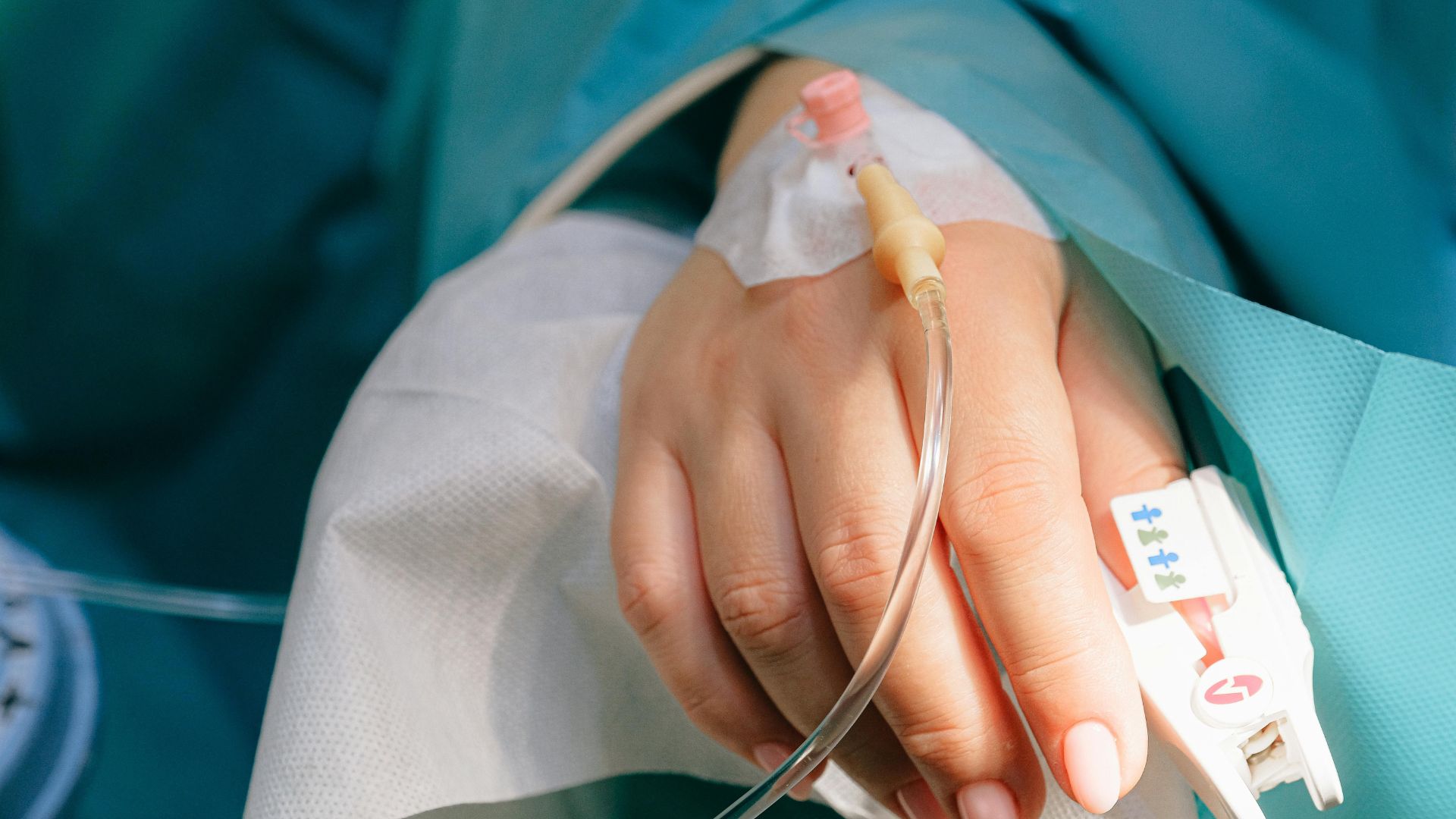
There is no specific test for STSS. Diagnosis is based on the presence of group A strep, low blood pressure, and issues with two or more organs.
Treatment includes hospitalization, intravenous fluids, antibiotics, and in severe cases, surgery to remove infected tissue or amputate limbs.
High-Risk Groups

Older adults over 65, individuals with open wounds, and those with diabetes or alcohol use disorder are at higher risk for STSS.
Proper wound care and reducing exposure to infected individuals are essential preventive measures.
Prevention Tips
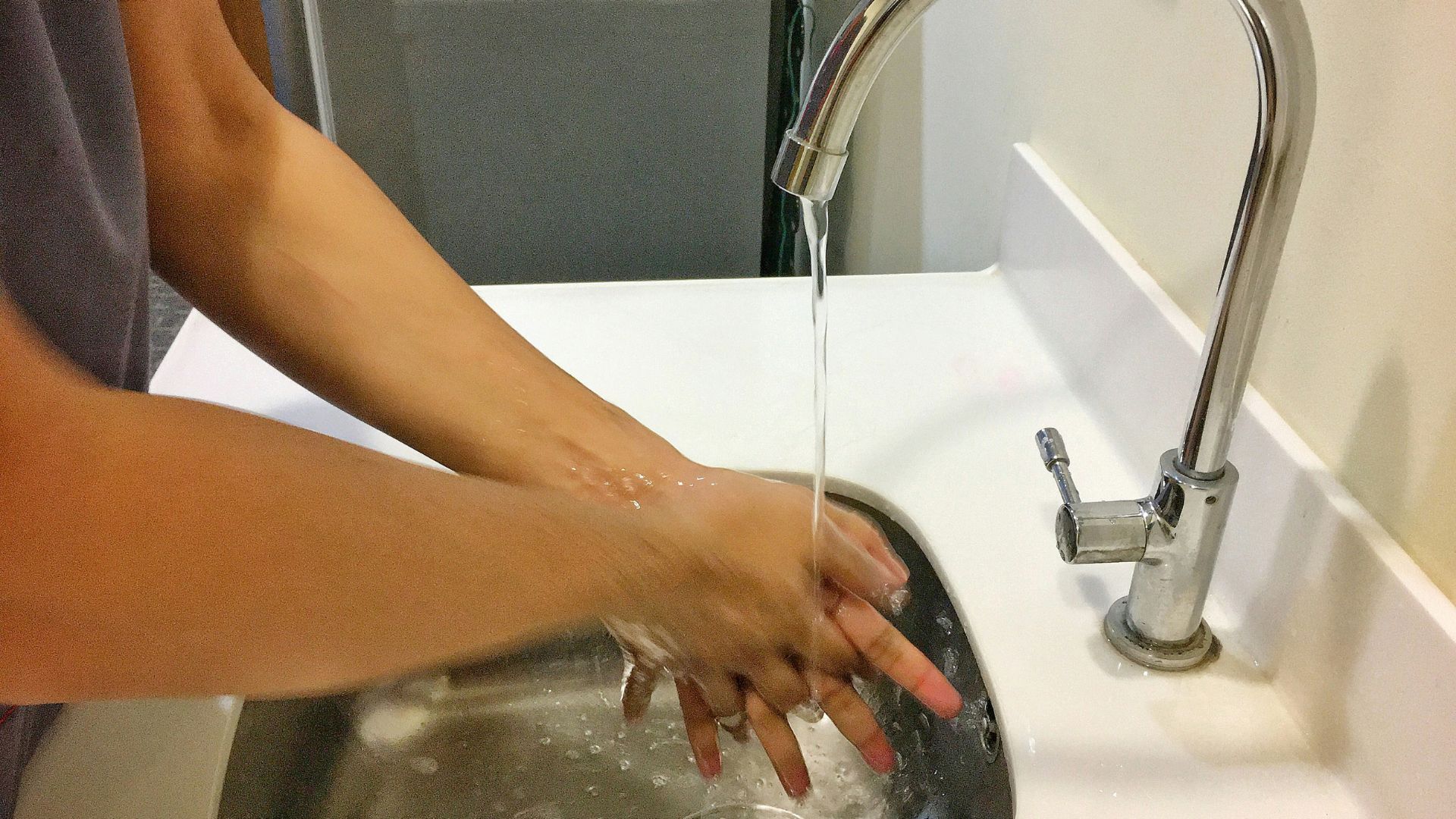
The CDC recommends frequent hand washing, proper coughing and sneezing etiquette, and thorough cleaning of personal items to prevent the spread of Group A strep infections.
While there is no vaccine for these infections, following these preventive measures can reduce the risk.
The Role of Weakened Immunity

“We can boost immunity if we are constantly exposed to bacteria, but that mechanism was absent during the coronavirus pandemic,” Kikuchi noted.
This suggests that regular exposure to bacteria plays a crucial role in maintaining a strong immune system.
Public Health Response

Japan’s health authorities are closely monitoring the situation and urging the public to follow preventive measures.
Increased awareness and proper hygiene practices can help curb the spread of STSS and protect vulnerable populations.
Moving Forward
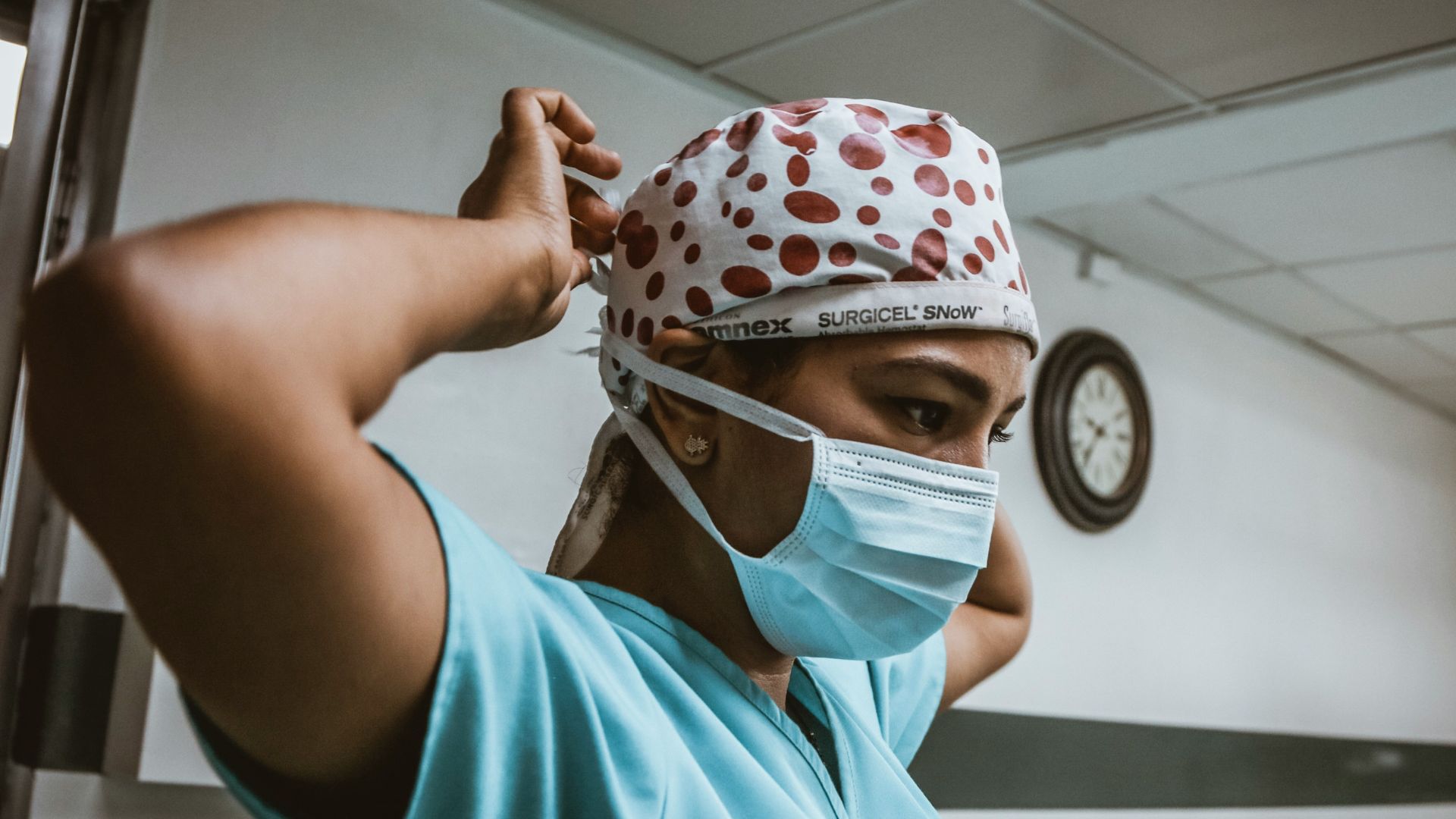
As Japan continues to deal with the rise in STSS cases, ongoing research and public health efforts are essential.
Understanding the causes and implementing effective prevention strategies will be what’s needed to address this alarming health concern.








































